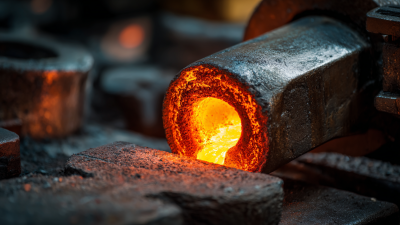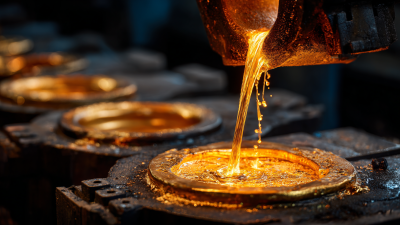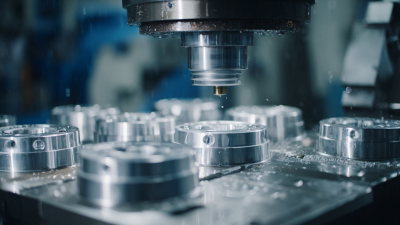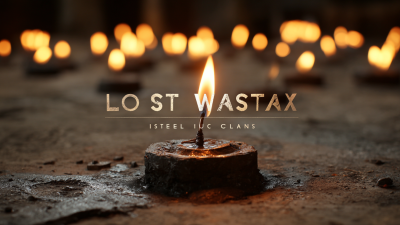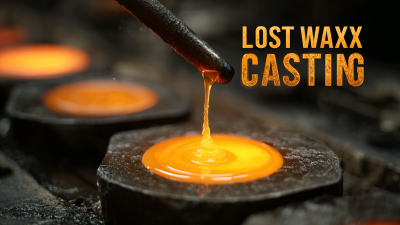As industries move towards sustainable practices, the role of Precision Investment Casting in manufacturing is increasingly significant. According to a recent report from MarketsandMarkets, the global investment casting market is expected to reach USD 21.2 billion by 2025, growing at a compound annual growth rate (CAGR) of 5.7%. This growth is largely driven by the heightened demand for precise and complex components in sectors such as aerospace, automotive, and medical devices, where reducing waste and enhancing material efficiency are paramount. Precision Investment Casting offers a unique advantage by providing intricate geometries with minimal material loss, thereby supporting sustainable manufacturing goals. Furthermore, the integration of digital technologies, including advanced simulation and real-time monitoring, is revolutionizing the process, enabling manufacturers to optimize resource usage and improve quality. As the industry evolves, embracing these innovations will be critical for meeting future demands while upholding environmental standards.

The precision investment casting sector is poised for significant advancements as emerging technologies continue to shape its trajectory towards sustainability. With the Asia Pacific metal casting market expected to grow from USD 113.94 billion in 2025 to USD 181.33 billion by 2033, the focus within the industry is increasingly moving towards eco-friendly practices. This growth is driven not only by consumer demand but also by the necessity for sustainable manufacturing processes that reduce environmental impact.
Innovations such as artificial neural networks are being utilized to optimize eco-friendly jewelry design, demonstrating an integrated eco-innovation approach that can be adopted across various sectors, including precision investment casting.
The recent acquisition of titanium casting capabilities by industry leaders highlights the push for advanced material solutions that meet sustainable criteria. Furthermore, the robust growth of the global metal casting market, projected to reach USD 225.7 billion, underscores the need for high-performance metal components that align with sustainability goals while maintaining economic viability in production practices.
Precision investment casting is increasingly recognized for its role in sustainable manufacturing, particularly concerning its environmental impact. Unlike traditional casting methods, precision investment casting generates less waste by utilizing a more efficient design and production process. The ability to produce complex geometries with minimal material loss not only conserves resources but also reduces the energy consumed during production. This efficiency contributes to lower greenhouse gas emissions, making precision investment casting a more eco-friendly alternative in the manufacturing sector.
Moreover, advancements in material technology have allowed manufacturers to use recycled and sustainable materials in the precision investment casting process. Incorporating such materials not only decreases dependence on virgin resources but also minimizes the environmental footprint associated with mining and processing. Furthermore, by enhancing the overall lifecycle of products made through precision investment casting, manufacturers can contribute to a circular economy, wherein materials are reused and repurposed rather than discarded. This innovative approach not only meets the growing demand for sustainability but also positions precision investment casting as a vital player in the future of environmentally responsible manufacturing practices.
The shift towards sustainability in manufacturing has ignited renewed interest in precision investment casting, particularly as industries seek to reduce waste and enhance efficiency. Traditional investment casting, while effective, often involves greater material loss due to the need for extensive finishing processes. In contrast, precision investment casting utilizes advanced techniques, such as 3D printing for molds and computer-aided design, to produce complex geometries with tighter tolerances, ultimately minimizing waste.
Tips for Transitioning to Precision Investment Casting: Start small by experimenting with a few designs using precision investment casting techniques before full-scale implementation. Additionally, consider collaborating with specialized foundries that have expertise in sustainability practices to optimize your process.
Moreover, precision investment casting often leads to lighter components without compromising strength, an essential factor for industries like aerospace and automotive, where fuel efficiency is paramount. As manufacturers strive to meet environmental standards, adopting precision techniques not only supports sustainability goals but can also improve the overall quality of products.
Tips for Enhancing Sustainability: Regularly assess your material supply chain to ensure you're sourcing eco-friendly materials. Integrate lifecycle assessment tools to quantify the environmental impact of your casting processes, allowing you to make more informed decisions moving forward.
The landscape of precision investment casting is rapidly evolving, particularly in the realm of sustainable manufacturing. As industries strive to reduce their carbon footprints, new materials and processes are emerging that align with environmental goals. According to a recent report by Smithers Pira, the market for sustainable casting materials is projected to grow at a CAGR of 5.2% from 2022 to 2027, driven by increasing demand for eco-friendly production methods.
One promising trend is the development of bio-based alloys and recycled metal mixtures, which not only minimize resource depletion but also reduce waste in the casting process. For example, research highlighted in the Journal of Cleaner Production indicates that the use of recycled aluminum in investment casting can reduce energy consumption by up to 70% compared to traditional methods. Furthermore, advancements in 3D printing technologies are allowing manufacturers to create complex geometries with less material waste, thus enhancing the sustainability profile of precision investment casting.
In addition, the integration of digital technologies such as AI and IoT in supply chain management is optimizing material selection and processing efficiencies. A McKinsey report notes that companies employing these technologies can reduce their overall production costs by 20% while also improving their environmental impact, thereby positioning themselves as leaders in sustainable manufacturing. As the industry moves forward, embracing these innovations will be crucial for firms aiming to thrive in a more eco-conscious marketplace.
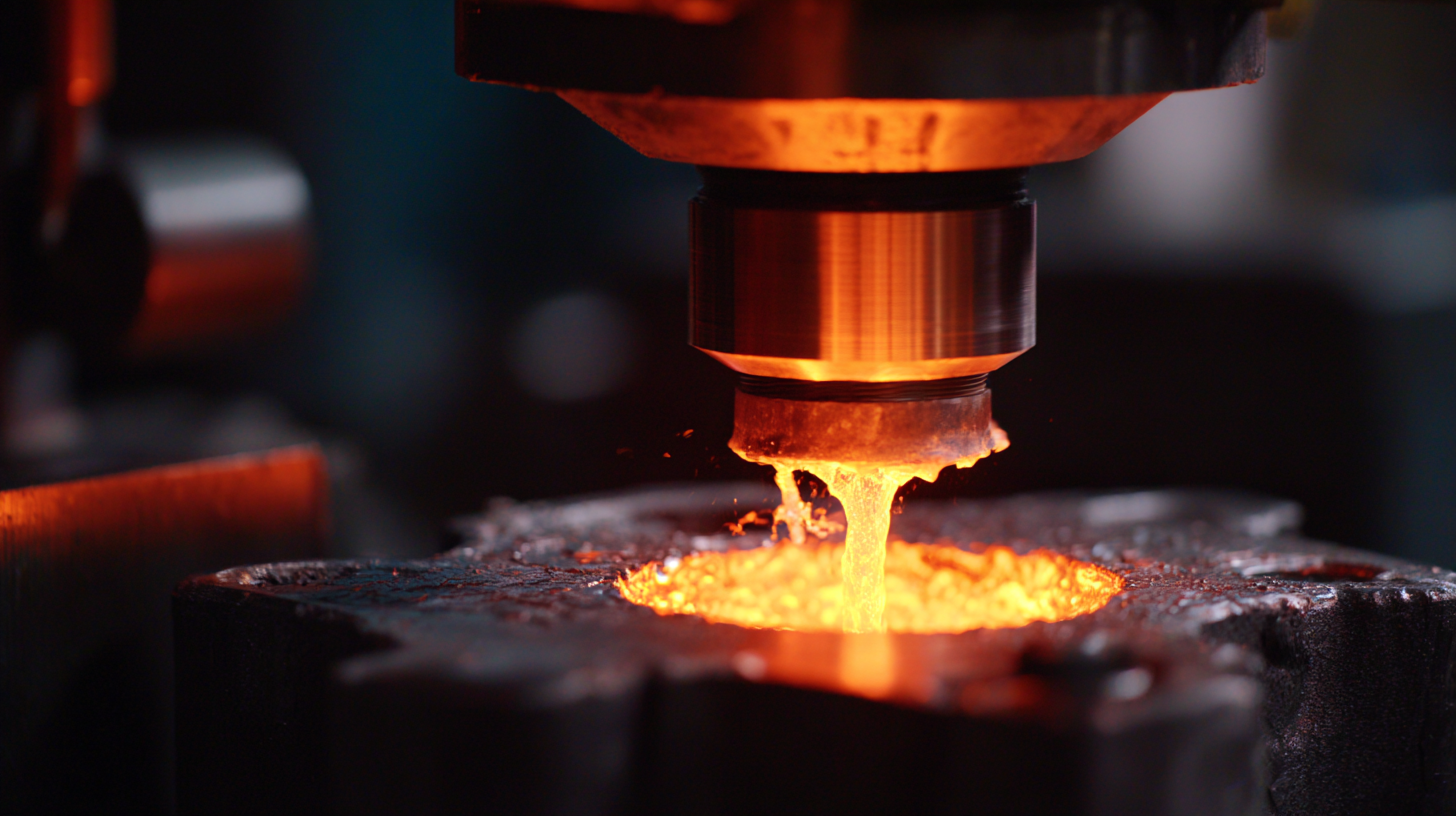
The adoption of precision investment casting in sustainable manufacturing is accompanied by both challenges and opportunities that must be navigated carefully. One of the foremost challenges lies in the initial cost and technological investment required for implementing precision casting processes. Companies may face a steep learning curve and must invest in specialized equipment and training to achieve the high levels of precision and quality that this technique demands. Additionally, integrating sustainable materials and practices into established production pipelines can pose significant logistical and operational hurdles.
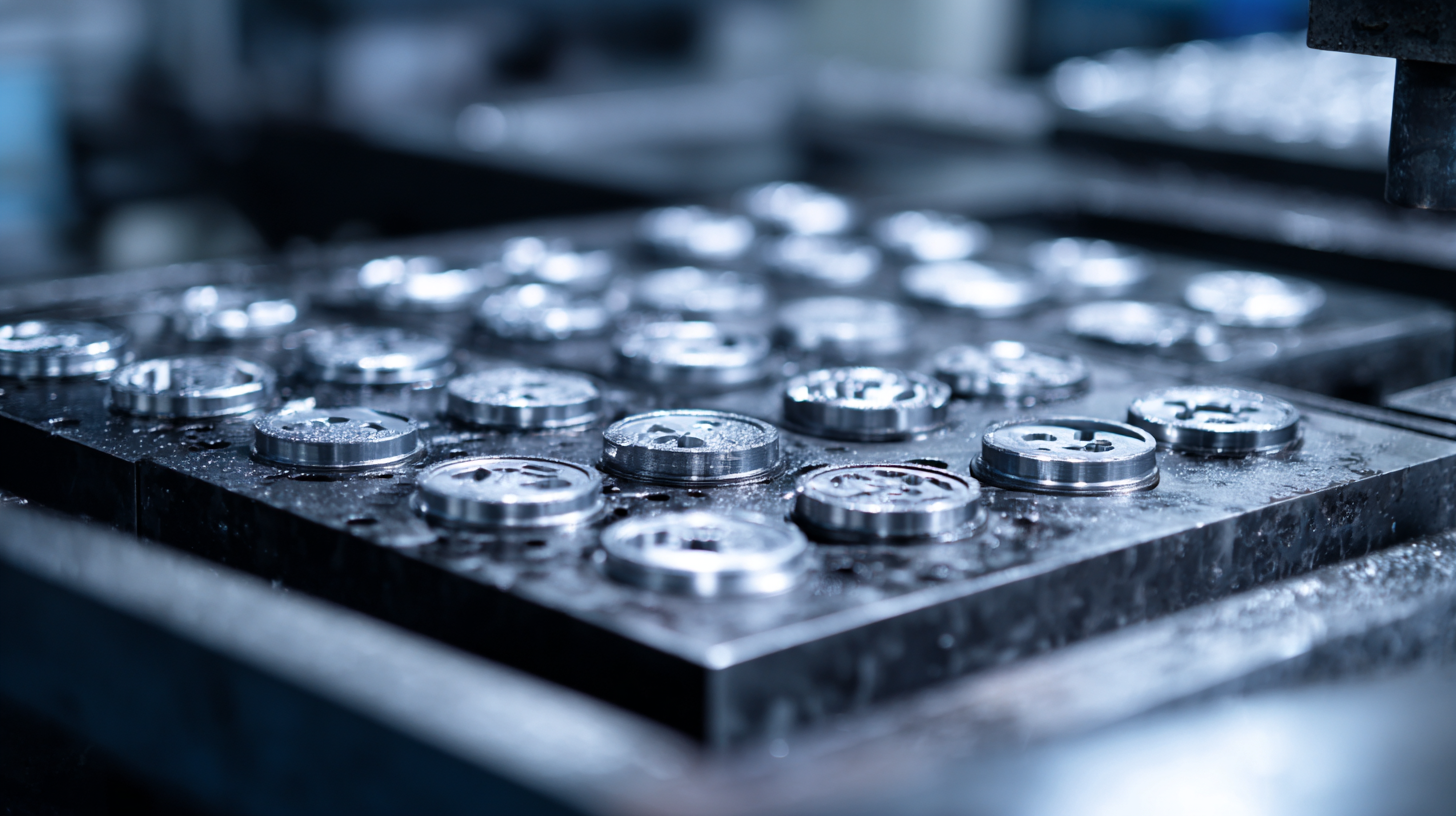
However, the potential benefits of precision investment casting for green manufacturing are substantial. This technique allows for enhanced material efficiency, reducing waste through its ability to produce complex shapes with minimal excess material. Furthermore, advancements in casting technology pave the way for using alternative, sustainable materials that align with ecological goals. By adopting precision investment casting, manufacturers can not only reduce their environmental footprint but also create innovative products that meet the increasing consumer demand for sustainability. Embracing these opportunities while addressing challenges could position companies favorably in a competitive landscape that prioritizes eco-friendly solutions.
